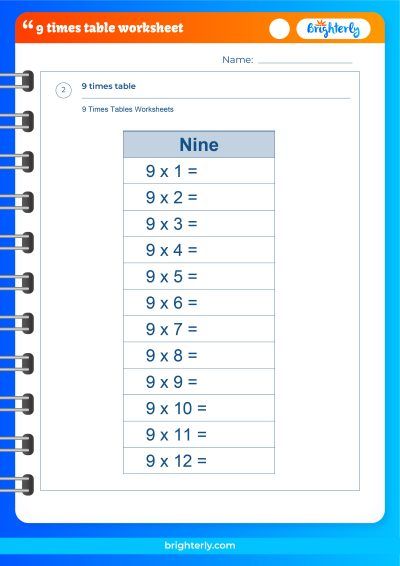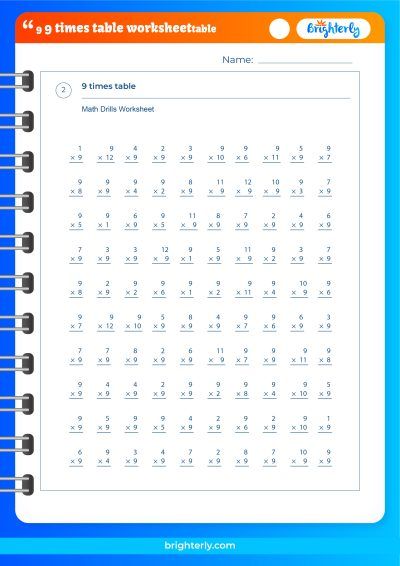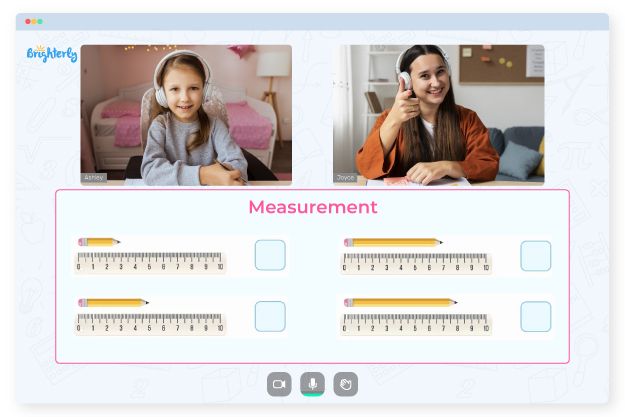Time – Definition, Examples, Practice Problems, FAQs
Updated on January 10, 2024
Welcome to another exciting article on our website, Brighterly – your trusted guide in the fascinating world of mathematics. As educators and lovers of knowledge, our aim is to make learning a joyous journey for every child.
In this article, we delve into the concept of Time – a fundamental, yet intriguing concept that governs our daily lives. We’ll explore what time is, how we can represent it in different ways, why understanding time is crucial, and also get some hands-on practice with interactive problems.
Whether you’re a curious learner, an enthusiastic parent, or an engaged educator, this comprehensive guide is designed to make understanding time both engaging and fun. Let’s embark on this journey through the world of time together, and illuminate our minds with the power of learning.
What is Time?
Time is a fundamental concept in our daily lives, and it plays a critical role in virtually all aspects of human activity. As a dimension, time is uniquely intertwined with space, as proposed by Albert Einstein’s theory of relativity. Despite this complex theoretical background, we commonly define time as the ongoing sequence of events taking place, the past, present, and future.
On a more practical level, time is universally measured in seconds, minutes, hours, days, weeks, months, and years. This standardized system helps us coordinate activities, keep track of events, and understand the world around us better.
Time on a Number Line
Time can also be represented on a number line, much like the integers or real numbers. The concept of a number line for time allows us to easily visualize durations and intervals. We often use the number line to teach children the order of events and time passage.
Concept of Time Zones
The Earth is divided into 24 time zones, each roughly corresponding to one hour. Time zones are an important concept that ensures that everyone in the world is essentially on the same relative time, despite the Earth’s rotation. This is what makes it possible for it to be morning in New York while it’s evening in Tokyo. You can learn more about this concept on the U.S. Naval Observatory’s website.
Telling Time
Telling time is one of the most essential skills children learn in their early years. It involves understanding the relationship between numbers and the hands of a clock, as well as the concept of time intervals. Telling time is a vital part of many everyday activities like going to school, eating meals, and scheduling appointments.
In order to consolidate your knowledge, we recommend using our worksheets on Time from Brighterly.
Measurement of Time Using a Clock
1. Analog Clock or the 12-hour clock
An analog clock shows time by means of hands that rotate around a dial. The dial is divided into 12 sections, and each section represents one hour. Each hour is then subdivided into 60 minutes, indicated by shorter tick marks around the dial. Understanding the position of the clock hands in relation to these sections allows one to tell the time.
2. Digital Clock or the 24-hour clock
A digital clock, on the other hand, displays time in numerical form. Digital clocks typically operate on a 24-hour cycle, meaning that the hours are displayed from 00 to 23. For instance, 15:00 on a digital clock corresponds to 3 PM on an analog clock.
What do we understand about time?
Time is a constant and continuous measurement that governs our lives. It helps us schedule our activities, anticipate future events, and recall the past. It’s an abstract concept that children learn to understand as they grow, starting with the basic cycles of day and night, then gradually comprehending hours, minutes, and seconds.
Time to the nearest minute?
Telling time to the nearest minute involves recognizing the position of the minute hand on an analog clock or reading the minute display on a digital clock. It’s a finer level of precision that’s important for tasks like catching a bus or following a cooking recipe.
Why do we need to represent time in different ways?
Different representations of time serve different purposes. Analog clocks help us visualize the cyclical nature of time, while digital clocks provide precise, unambiguous readings. Different ways of representing time, such as 12-hour and 24-hour formats, cater to various cultural, practical, and personal preferences.
What do we understand by elapsed time?
Elapsed time refers to the amount of time that passes from the start of an event to its end. It’s a concept that helps us understand durations and intervals, which is crucial in planning, scheduling, and time management.
Solved Examples
Let’s understand this concept with some solved examples. Consider the time when a movie starts and the time when it ends. If a movie starts at 3 PM and ends at 5 PM, the elapsed time is 2 hours. Similarly, if a school bus leaves at 7:30 AM and reaches school at 8:00 AM, the elapsed time for the journey is 30 minutes.
Practice Questions
- If Tom started doing his homework at 4:15 PM and finished at 5:45 PM, how long did he spend on his homework?
- Lisa’s basketball practice starts at 6 PM and ends at 7:30 PM. What is the duration of her practice?
Conclusion
Understanding time is a foundational element not only in mathematics, but in all aspects of life. It orchestrates the rhythm of our daily tasks, assists us in recalling past events, and allows us to look ahead. Grasping the various methods of representing time helps us adapt to diverse needs and inclinations, improving our productivity and proficiency. At Brighterly, our mission is to simplify such critical concepts and make them accessible and enjoyable for all children.
Our interactive learning tools, relatable examples, and engaging practice problems are designed with this goal in mind. Brighterly is more than just a platform, it’s a community where young learners, parents, and educators can come together and foster a love for learning that goes beyond textbooks.
Frequently Asked Questions on Time
What is time?
Time, in its most basic sense, is a measure of the ongoing sequence of events that we observe as the past, present, and future. It’s an invisible thread that connects everything we do, allowing us to keep track of events, plan for the future, and understand our world in a structured way.
What are the different ways of representing time?
Time can be represented in various ways, each serving a unique purpose. The most common are the analog and digital formats. An analog clock presents time in a circular, cyclical format which aids in visualizing the passing of time, while a digital clock offers an explicit numerical representation that leaves no room for ambiguity. Moreover, we represent time in 12-hour or 24-hour formats to cater to cultural, practical, and personal preferences.
What is elapsed time?
Elapsed time refers to the duration or interval that passes from the start of an event to its conclusion. It is a crucial concept for understanding and measuring durations, planning activities, and effective time management. For example, if a football match starts at 10 AM and ends at 12 PM, the elapsed time is two hours.
Why is understanding time important?
Understanding time is fundamental because it allows us to structure our daily lives, coordinate activities, and plan for the future. It helps us quantify durations and intervals, which is essential for various tasks, from cooking a meal to planning a trip. From a broader perspective, understanding time enhances our cognitive skills like problem-solving and logical thinking, which are essential life skills. At Brighterly, we believe that a solid understanding of time serves as a stepping stone towards a child’s successful journey in mathematics and beyond.






